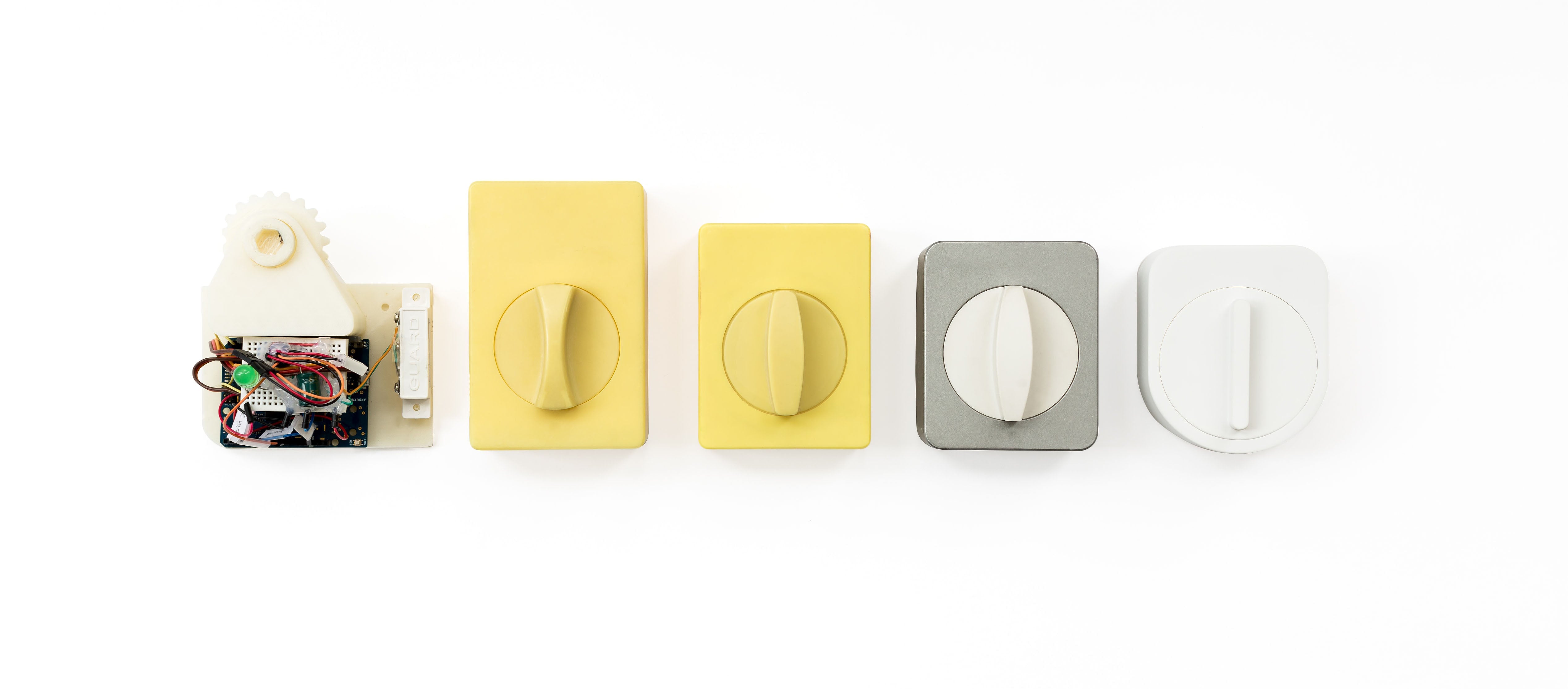
We are CANDY HOUSE
Our story begins with a then-26-year-old international Stanford student from Taiwan, Jerming Gu, standing in line at a Starbucks on the university campus. He was shocked when every student in front of him swiped their cards to get their drinks. When it was his turn to pay, however, he had only cash and had to fumble in his pockets for change, feeling ashamed for how unsophisticated he must appear in comparison. He felt like he’d landed in a different dimension, one where everyone else used technology effortlessly while he stuck out like a sore thumb.
The next day, Jerming applied for a debit card and resolved to stop carrying cash. Not only was he able to make payments much more quickly, his pockets also felt much lighter with a single card replacing his bills and coins.
But after a while, he noticed all was not perfect with his world. Despite replacing his wallet with a card, his key was still taking up space in his pockets. Once he’d noticed this fact, he found the physical existence of the key highly disturbing. He needed a way to get rid of the key. The solution? Putting it on his smartphone. Plus, mobile payments methods were already starting to become available in Silicon Valley, and he was confident that soon he wouldn’t need a card either, achieving the ultimate in minimalism.
“From now on, I’m going to put everything on my smartphone so that’s the only thing I have to carry,” he decided.
This is reason he began developing a robot that could lock and unlock his door. He purchased a popular 3D printer with a friend and got started working on prototypes. Since he was living in the university dorms at the time, he couldn’t replace the existing lock, so he needed something that would install easily with zero modifications to the lock. When he learned a friend of his wife was a highly-skilled Korean software engineer also studying at Stanford, Jerming invited him to join the project and develop software for the robot.
When the completed robot moved for the first time, they were stoked. With their creation, they could lock and unlock their door with their smartphones and ditch their keys entirely. They’d unlocked the magic of Ali Baba and the Forty Thieves - the magic of “Open Sesame.”
They thought others would be interested in their invention, so they named their robot “Sesame” and launched a Kickstarter crowdfunding campaign in 2015. The response was overwhelming - they far exceeded their expectations, raising 1.4 million dollars in just two months. CANDY HOUSE and Sesame were born.
And this is only the beginning. CANDY HOUSE will always value simplicity and innovation and seek to inspire a minimal yet joyful lifestyle. Our dream is to share the excitement of a kid in a candy store with the world, and this is a mission with which we undertake with great delight.

